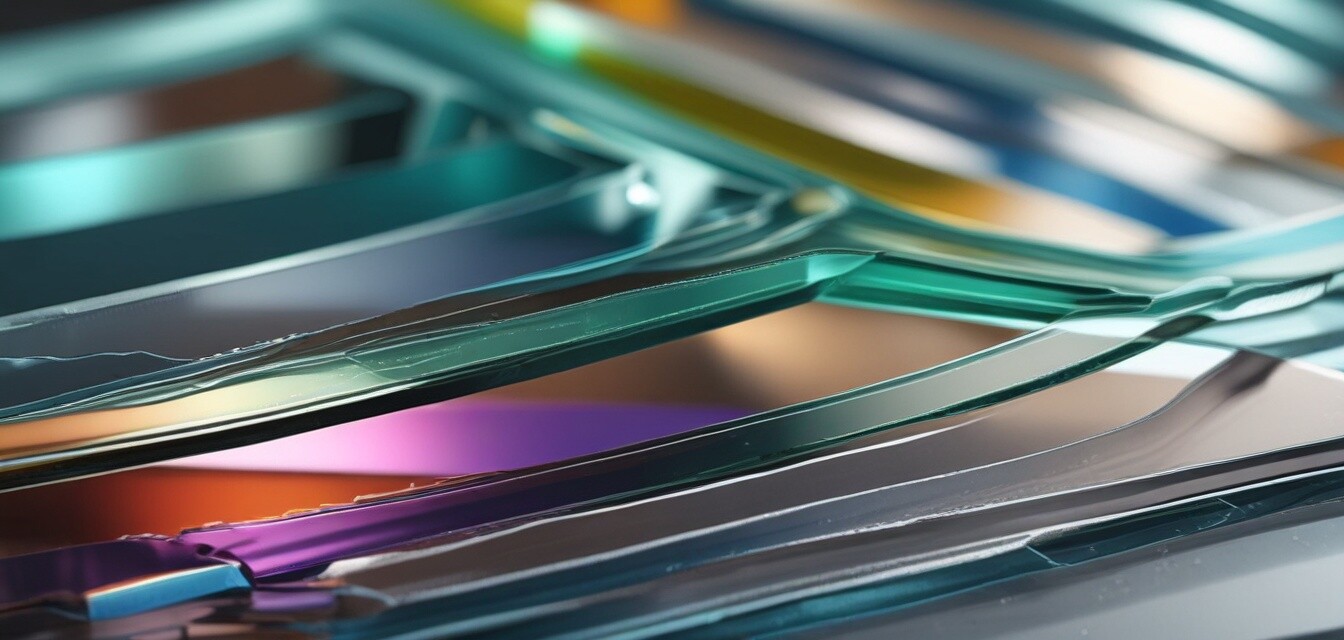
Tips for Using Transparent Glass Effectively
Key Takeaways
- Layering transparent glass can create depth and visual interest.
- Experimenting with color can enhance your designs.
- Utilize design strategies to effectively showcase transparency.
- Understanding your materials is crucial in achieving the desired effects.
Working with transparent glass opens up a world of possibilities for creating beautiful art and functional pieces. From intricate designs to vibrant layering techniques, there are many ways to maximize the potential of transparent glass in your projects. In this guide, we will explore key tips and strategies to effectively use transparent glass, focusing on layering, color play, and design approach.
Understanding transparent glass
Transparent glass is a versatile medium that allows light to pass through, making it perfect for various applications in glass art. Whether you're creating windows, decorative pieces, or sculptural forms, the unique properties of transparent glass can enhance your creative expression.
Types of transparent glass
| Type | Description |
|---|---|
| Clear glass | A standard glass type that allows maximum light transmission. |
| Colored glass | Glass infused with different colors that still maintains transparency. |
| Frosted glass | Glass treated to scatter light, giving a softer appearance while still allowing light through. |
Layering techniques for depth
Layering different types of transparent glass is a powerful technique to add depth and dimension to your work. Here are some tips to consider:
- Experiment with thickness: Using sheets of varying thickness can alter the way light interacts with your piece.
- Overlap colors: Layering colored glass can create stunning visual effects as the colors blend and shift when viewed from different angles.
- Add texture: Incorporate textured glass with smooth glass layers to create a contrast that enhances the overall appearance.
Color play for visual enhancement
Color is a vital aspect of transparency and can be used to evoke emotions and enhance the overall appeal of your piece. Consider the following strategies:
- Use color gradients: Create a smooth transition between different shades for a dynamic visual impact.
- Contrast colors: Pair colors that complement each other for a striking effect.
- Explore transparency and opacity: Use both transparent and opaque materials to draw the eye and create focal points in your designs.
Design strategies to showcase transparency
Effective design strategies are essential to highlight the inherent beauty of transparent glass. Here are some approaches you might find useful:
- Incorporate negative space: Allowing empty space around your glass pieces can draw attention and emphasize their form.
- Use light to your advantage: Position your work to catch natural light or use artificial lighting to create shadows and reflections.
- Consider composition: The arrangement of your glass pieces can greatly affect how they are perceived together.
Practical tips for working with transparent glass
Beginners Section
- Start with simple shapes and projects to build confidence.
- Keep a clean workspace to avoid any unwanted debris in your work.
- Practice cutting techniques to ensure clean edges for your pieces.
- Take notes on your experiments with layering and color to refine your approach.
Conclusion
Working with transparent glass can be a fulfilling and creative endeavor. By understanding the different types of glass, employing effective layering techniques, playing with color, and utilizing thoughtful design strategies, you can create stunning pieces that showcase your artistic vision. Remember, experimenting is key—don’t hesitate to try new techniques and learn from your experiences.
Pros
- Versatile medium for artistic expression
- Allows light to enhance designs
- Endless possibilities for color combinations
Cons
- Can be challenging for beginners to master
- Requires careful handling to avoid breakage
Explore more about glass materials
If you're looking to dive deeper into the world of glass making, check out our related articles:

